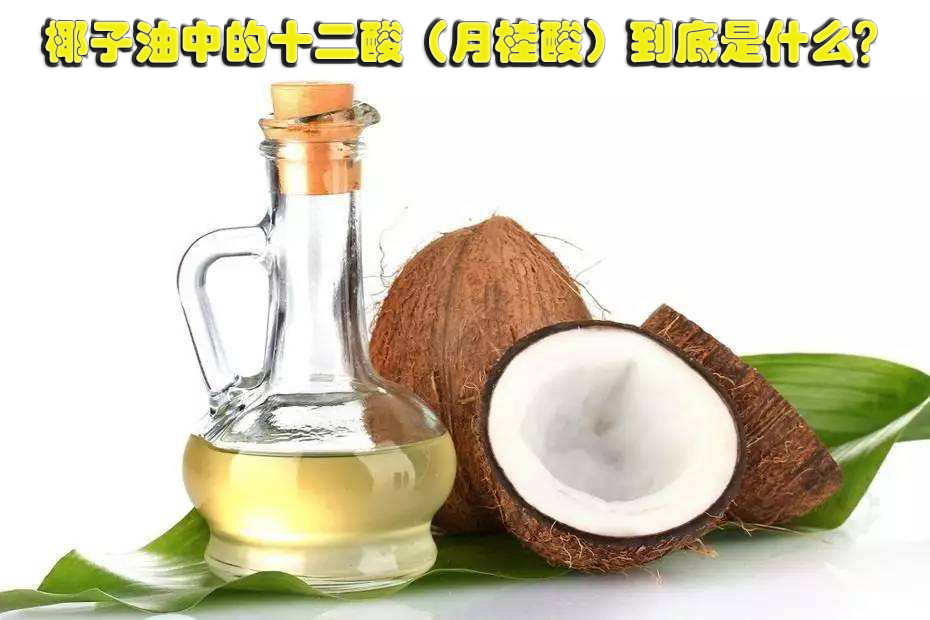
Dodecanoic acid (alias Lauric acid, lauric acid) is a kind of saturated fatty acid. The content of lauric acid in coconut oil is as high as 45-52%. Today, the supplier of lauric acid will take you to know more about it:
1. Physical properties:
Appearance and properties: Colorless needle-like crystals or powder . Has the scent of laurel oil.
Melting point (℃): 44~46
Boiling point (℃): 298.9
225 (13.3kPa)
Relative density ( Water=1): 0.8830
Saturated vapor pressure (kPa): 0.133 (121℃)
Flash point (℃): >110
Solubility: Insoluble in water, soluble in chloroform, benzene, alcohol, ether and petroleum ether.
2. Production methods of dodecanoic acid
Industrial production methods can be summarized into two categories:
p>
1. Obtained from natural vegetable oils through saponification or decomposition under high temperature and pressure;
2. Separated from synthetic fatty acids.
Japan mainly uses coconut oil and palm kernel oil as raw materials to produce lauric acid. Natural vegetable oils used to prepare lauric acid include: coconut oil, litsea cubeba kernel oil, palm kernel oil and mountain pepper kernel oil. Other plants, such as palm kernel oil, tree seed oil, camphor tree seed oil, etc., can also be used to produce lauric acid in the service industry. The C12 fraction remaining after extracting dodecanoic acid contains a large amount of dodecenoic acid, which can be hydrogenated at normal pressure without a catalyst and can convert hydrocarbons into dodecanoic acid with a conversion rate of more than 86%. At present, vegetable oils with high lauric acid content include coconut oil 45-52%, oil palm kernel oil 44-52%, babassu kernel 43-44%, etc.
3. Uses of dodecanoic acid:
1. Dodecanoic acid is used in the surfactant industry It is the most widely used. According to the classification of surfactants, there are cationic, anionic, nonionic and amphoteric. Some surfactants of dodecanoic acid and dodecyl alcohol derivatives are also disinfectants, such as dodecyldimethylbenzyl ammonium chloride (germenin), dodecyldimethylbenzyl ammonium bromide (sulfamethoxazole), dodecyldimethyl (2-phenoxyethyl) ammonium bromide (domifen). Among these derivatives, dodecyldimethylammonium-2,4,5-trichlorophenolate can be used as a citrus preservative.
2. Dodecanoic acid has many uses in plastic additives, food additives, spice industry, and pharmaceutical industry.
3. Used in the preparation of alkyd resins, polyesters, wetting agents, powder coatings, spray paints and plastic softeners, plasticizers and stabilizers.
4. Raw materials used in the production of soaps, detergents, cosmetic surfactants and chemical fiber oils.
5. Raw materials for synthetic fragrances, shampoos and ointments in cosmetics.
6. Intermediate raw materials for synthetic detergents, agricultural and sideline herbicides and pesticides and a variety of organic synthetic raw materials.
4. Storage method:
Stored in a cool, ventilated warehouse. Keep away from fire and heat sources. Keep container tightly sealed. Moisture-proof and sun-proof. It should be stored separately from alkalis, reducing agents, etc. When transporting, load and unload with care to prevent damage to packaging and containers.


